How to Finish Coast to Coast
Roam athlete, Cam Kerr, shares his thoughts and practical advice for getting to the start and finish line for the Coast to Coast.
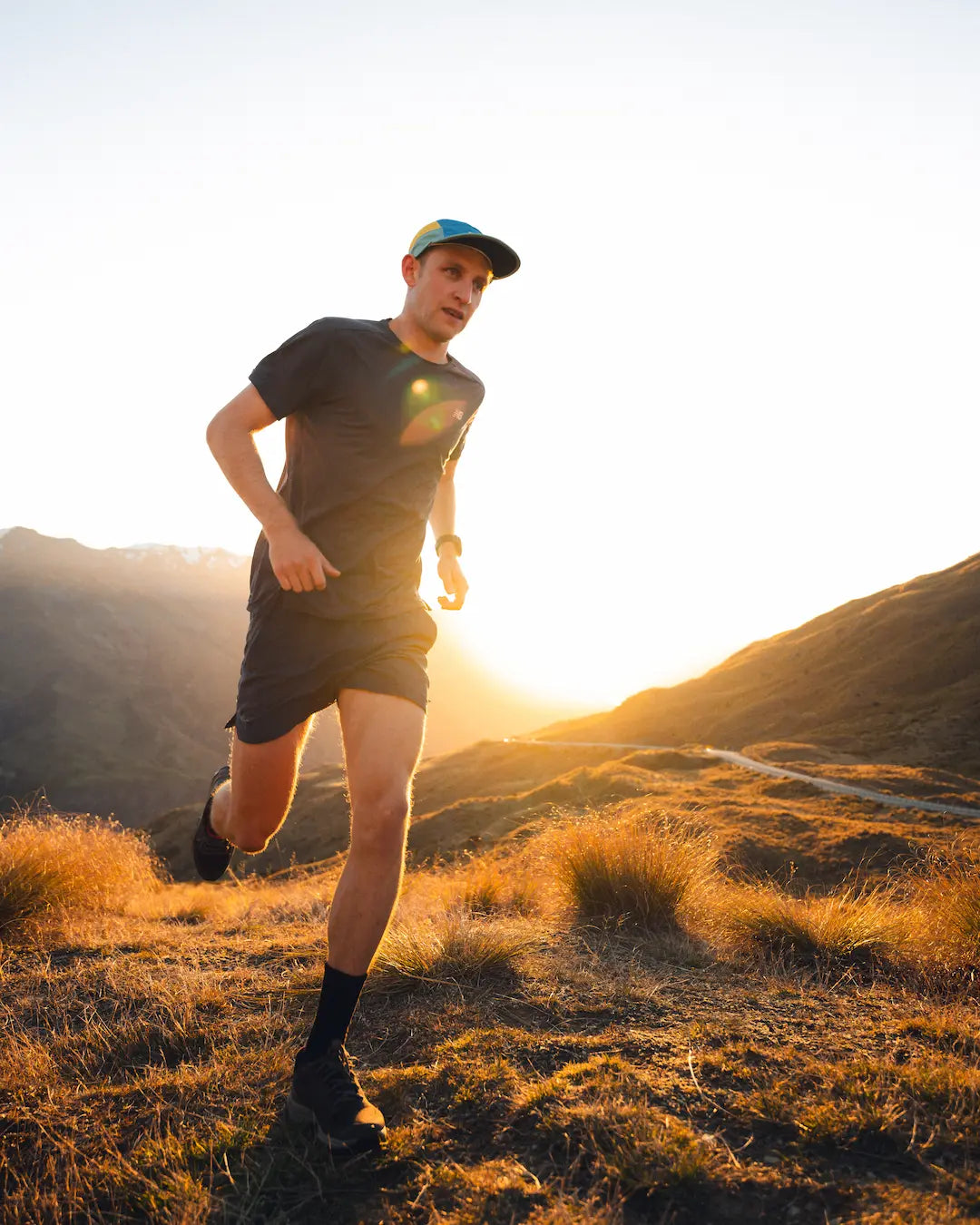
The Coast to Coast is not easy. Getting to the start line in good fitness and feeling confident with handling a bike, kayak, and running in tricky terrain is difficult to fit into a busy lifestyle. During these final weeks you’ll be putting the finishing touches on your training and starting to consider the finer details.
Even if you’re in top shape, there are still countless ways to not finish the Coast to Coast. Nutrition blow ups, a broken rudder line, catastrophic chafing, the list goes on. While being a little fitter and stronger might see you climb the results table from 78th to 72nd, being technically prepared for the race can do far more both in terms of finish position and avoiding the dreaded DNF. It doesn’t matter how fast you are if you don’t make the finish line.
The key to race preparation isn’t about sneaking in one more perfect interval session. Luckily, it’s also not walking into a bike store with a cool $10,000 to get a hot new piece of carbon. With some careful planning, you can avoid a lot of race-ending pitfalls without sweating or stumping up a bunch of cash. Read on for my thoughts on how to convert your hard-won fitness into the joy of crossing the finish line.
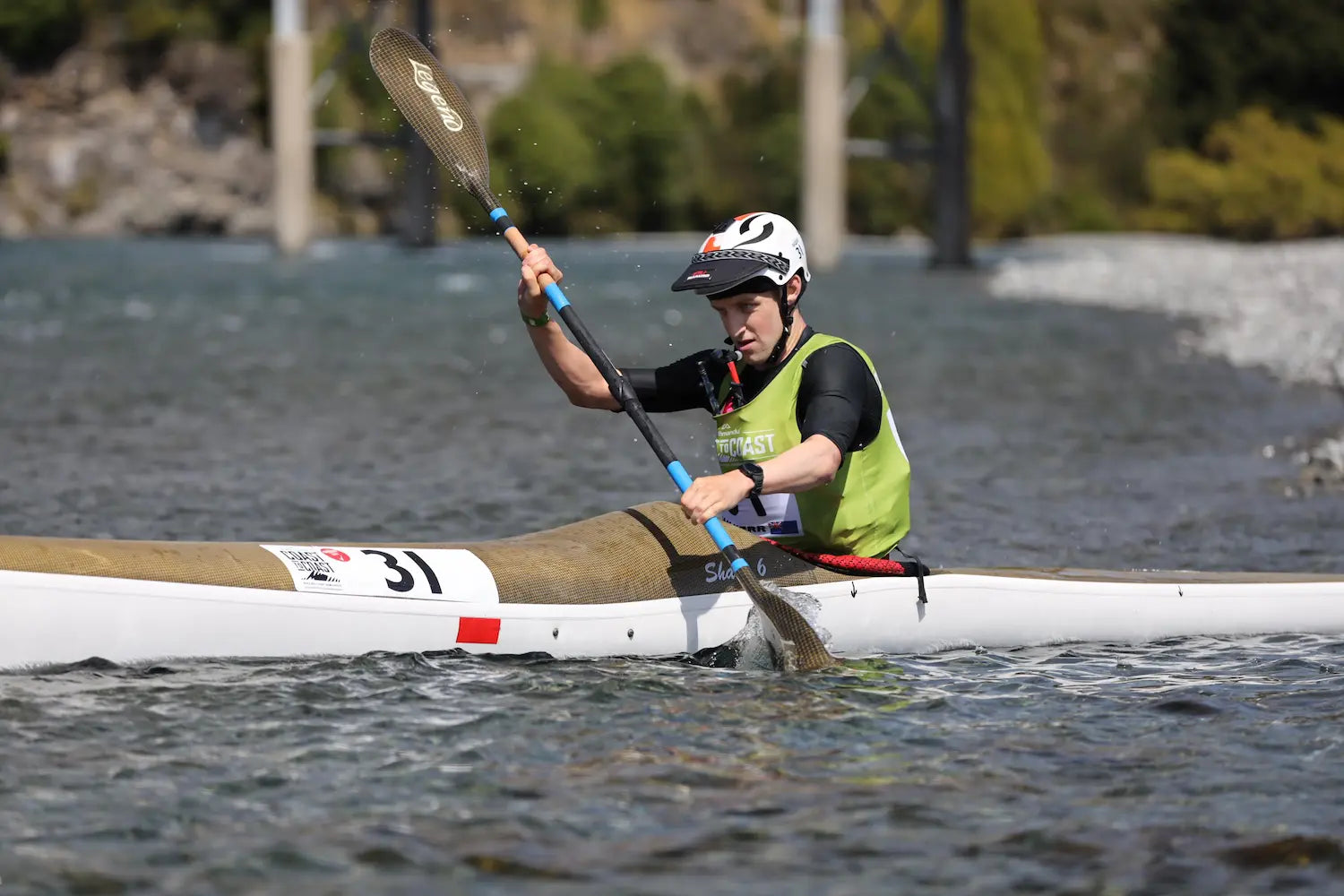
Training or Preparation?
As you approach a big race, your workouts need to align more closely with the race’s specific challenges. Think of this as a shift from training (with a focus on fitness and strength) to targeted preparation for the event itself.
By this time, you will have a good base fitness, which can now be used to prepare specifically for the Coast to Coast. Most of your sessions should be as race-specific as possible. In my mind, that means:
Use the Right Equipment
Mountain biking or spin training are excellent for training, but as the race draws closer, you need to be comfortable with the equipment you’ll use during the race. The same applies to spending time in your race kayak rather than a whitewater kayak or surf-ski.
Get Your Gear in Order
Along the same lines, schedule a service at your local bike shop and inspect your kayak thoroughly (Rudder lines in good condition? Loctite on footplate bolts?). Get these things sorted right now so that you can test any repairs a few times in training. Kayakers sitting on the side of the Waimak adjusting their rudder lines is far too common on race day! It’s not too late if you need to get a new pair of shoes and break them in.
Practice Nutrition
By this stage you should know what nutrition suits you. Now is the time to really make it second nature. That means taking nutrition on nearly every session. Often during regular training I’ll consume food at a much lower rate than during race day, or not take food at all. But leading up to a race, I’ll fuel every session as though it’s part of the big day. Got a 45-minute easy ride that you could normally do with just a bottle of water? Take some food along. This training reduces the likelihood of nutrition blow-ups on race day.
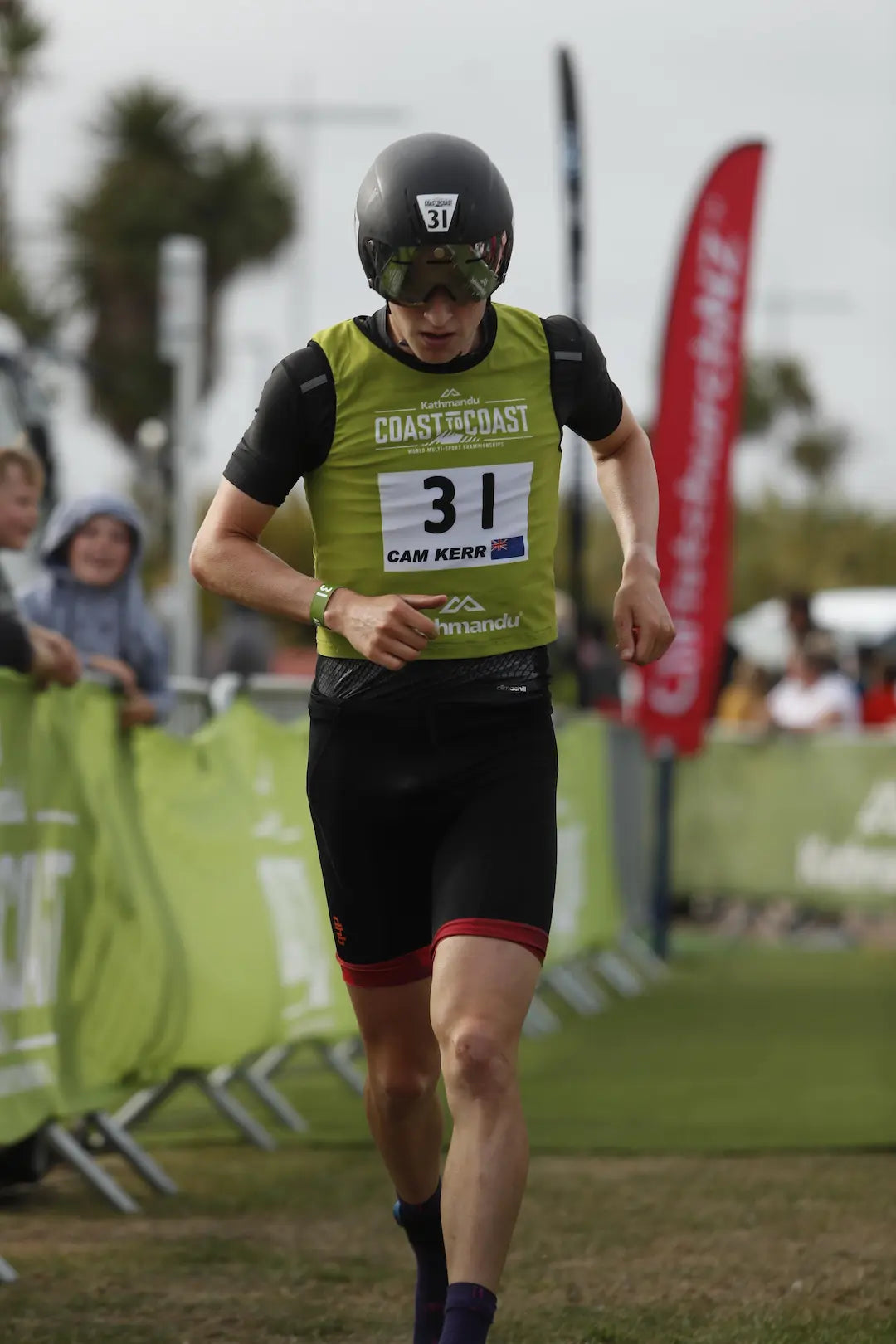
The Small Things
Now is also a good time to finalise other aspects of your gear. Lots of items are race-specific and are easily over-looked. The clearest example of this is that I never normally use a top-tube box on the bike - I normally throw nutrition in my jersey pockets. But for race-day I’ll have a top tube box so that my support crew can put my nutrition in there as they’re preparing the bike. That way I don’t have to worry about picking anything up during the transition. Here are a few prompts to get you thinking:
- Spare tube/tools for bike - Saddle Bag?
- On-bike nutrition storage - Top Tube Box?
- Kayak Nutrition - Lunchbox attached to kayak? *Full liquid?
- Run Hydration - Camelbak? Refillable bottle? (I prefer a hard bottle as it’s easier to refill quickly from the river than a soft flask!)
- Running Pack - Does it fit the full mandatory kit? Have you got everything bagged/waterproof? (both to increase safety and to stop it getting heavy if you take a quick dip!)
- Last Ride - Chamois Cream? If you normally ride with it, it’s probably worth the extra time to stop and apply in transition rather than facing the unfortunate consequences.
- Sun Protection - This can be an easy miss when you’re starting cold in the dark. Have a plan. That last ride will be unpleasantly warm if you’ve burned.
*If you’re using kayak based drink systems, please, please, PLEASE make sure there’s a weak-point connection in the system somewhere. Being attached to your kayak by a drink hose is incredibly dangerous and, in my eyes, un acceptable on the river, no matter how good of a paddler you are.
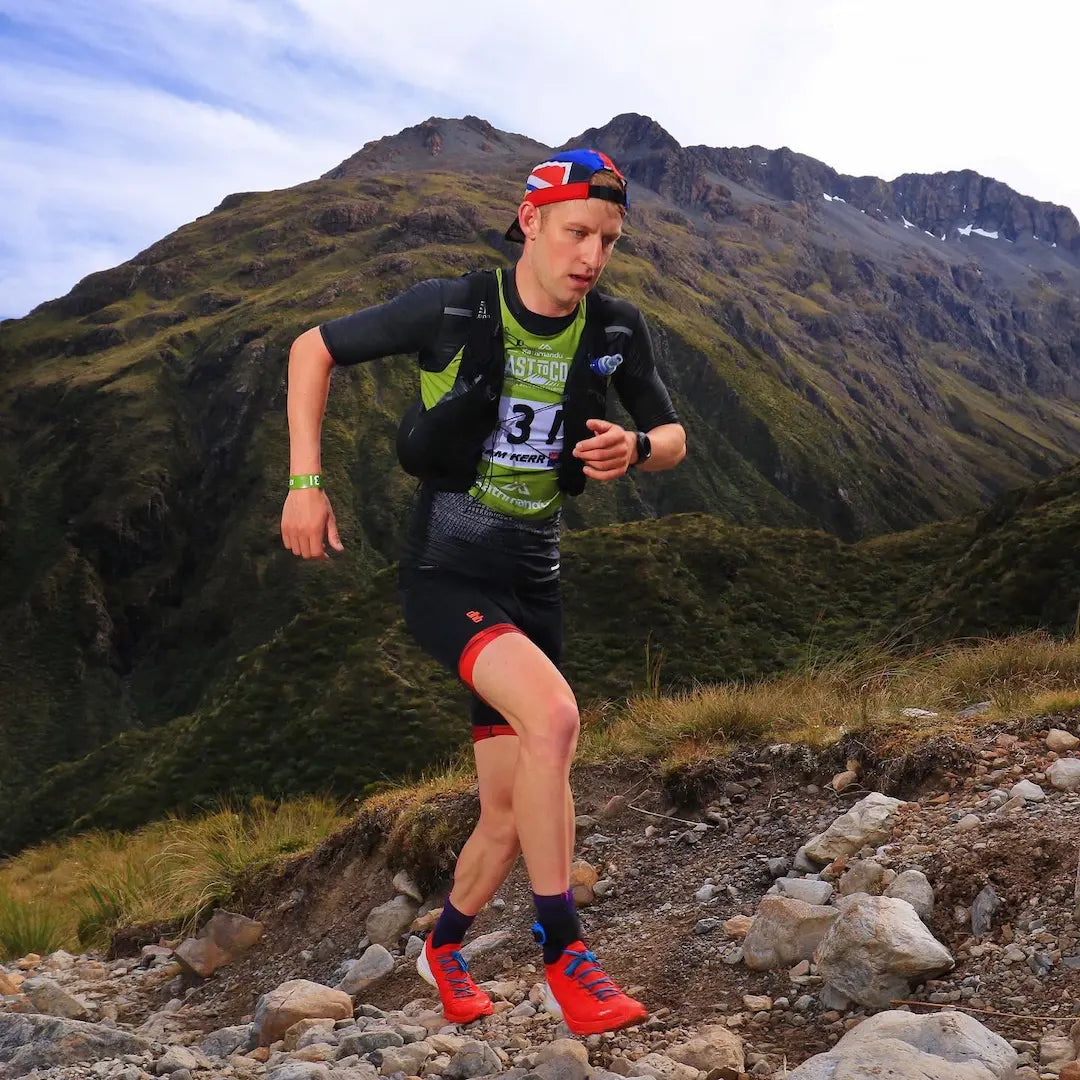
Race-Weekend Details
Following all the advice above, you should feel comfortable with your gear and the race day ahead. That is, until mid-race and you search your race vest pockets for an Energy Nut Butter but pull out a sticky packet because your support crew has put them in the pocket you normally use for rubbish (or worse, they're missing entirely. Oh no).
You may know exactly what needs to happen on race-day, but unfortunately your partner, mum, dad, brother, out-of-work cousin who you’ve bribed with a box of beers, or the absolute legend of a stranger you found on Facebook to help you out, doesn’t.
Being the support crew is stressful, and it is HARD. Even if you’ve got an experienced racer crewing you, they won’t know the ins and outs of exactly what you like, and it is your job to make it as easy on them as possible.
Make a Plan
Next time you’re at the shops, pick yourself up a notebook, grab a pen and write “Coast to Coast 2024” on the cover. The note taking begins.
Leave a few pages spare at the start for general notes, things along the lines of:
- Electrolyte bottles need 3 scoops of powder.
- Tyre pressure is 75PSI.
- Split paddle should be set on the 5cm marker at 70 degrees.
Then go ahead and start filling notes for each specific transition. I normally use three pages for each transition - pre, during and post with very clear instructions such as:
- Check tires for cuts/debris. Pump to pressure.
- Put bike in gear - big ring at front, 3rd gear at back.
- Two Bottles to be placed in cages - 1x electrolyte, 1x water.
- Place nutrition in the top tube box - Zip Lock Bag “Last Bike Nutrition”.
- Place Bike in Transition Rack.
- Lay bike shoes + helmet next to bike.
- Lay “Warm bike clothes” bag next to bike.
This notebook will become a lifeline for your support crew, guiding them through the day. It also means that if a crew member can’t make it, the book can be passed to another support person who can follow the instructions. If you're extra organised, send photos of each page to your crew, so they all have the information on their phones.
It’ll alleviate stress from your support crew and set you up for a smooth transition.
Pack it all up
Streamline your crew’s job by packing and LABELLING all your gear. I will have my running pack fully sorted so that the crew just needs to hand it to me at the transition. Label each bag with its contents and purpose – spare clothing options, nutrition by stage, etc. Once everything is bagged and tagged, it’s time to load it all into the support vehicle.
Practice
Go through a pre-race drill with your support crew (if you’re not travelling together, set aside time around race registration). I’ll hand the notebook over to the crew and see if they can cover everything using the instructions in the notebook. You may need to work together here to teach them niggly jobs (it’s tough to write good notes on how to tie the kayak to the roof). This should include full prep for transitions, and then a dry run through of the actual transition (example: they may not know how best to help you in and out of the kayak) and post transition clean-up, including packing the gear in/out of the vehicle.
Take this opportunity to cook a good feed for your support crew and let them know you appreciate their help. Remind them that they’ll be spending a day or two in remote areas with sketchy reception and no McDonalds, and that some good snacks and a book will be in order.
Summary
You'll hear it a lot (especially in reference to the kayak stage): having a solid foundation of skills, being comfortable with your nutrition and equipment, and knowing that equipment in good working order will make the biggest difference for most participants.
Get started on this stuff early, and you’ll already be working your way towards the finish line.
Explore the Range

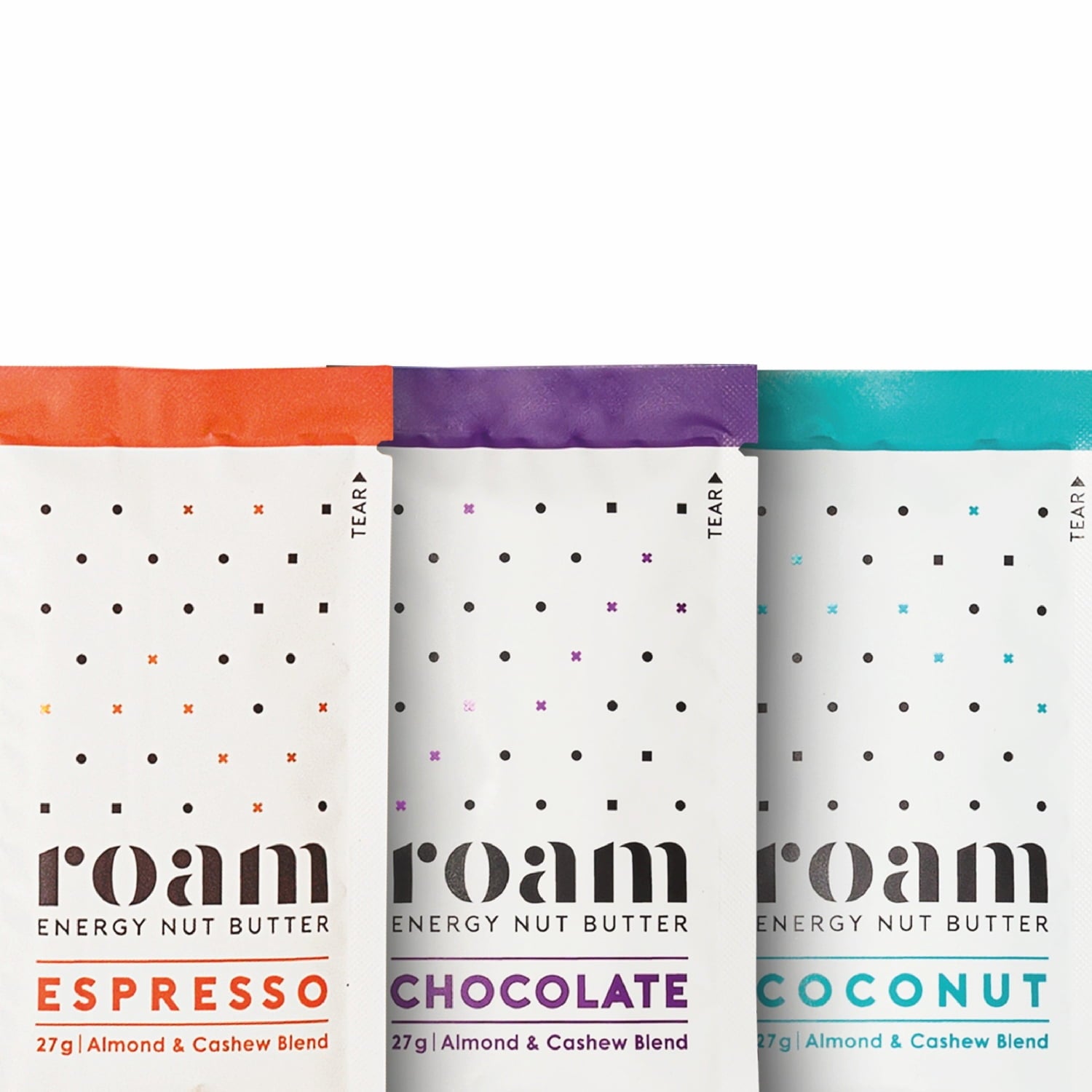 The Ultimate Roamer Bundle
The Ultimate Roamer BundleThe Ultimate Roamer Bundle
Regular priceUnit price per$244.94 NZDSale price $190.00 NZD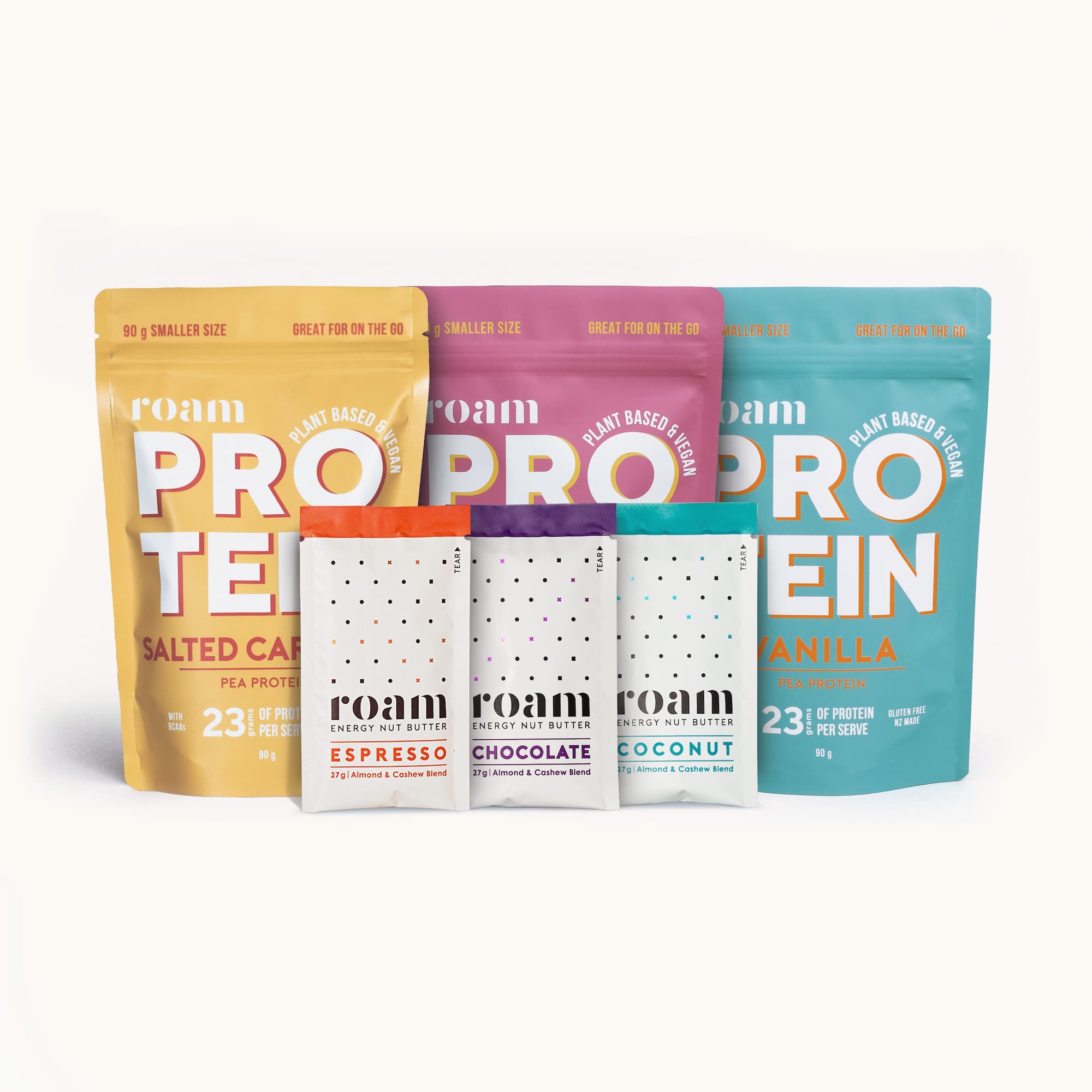
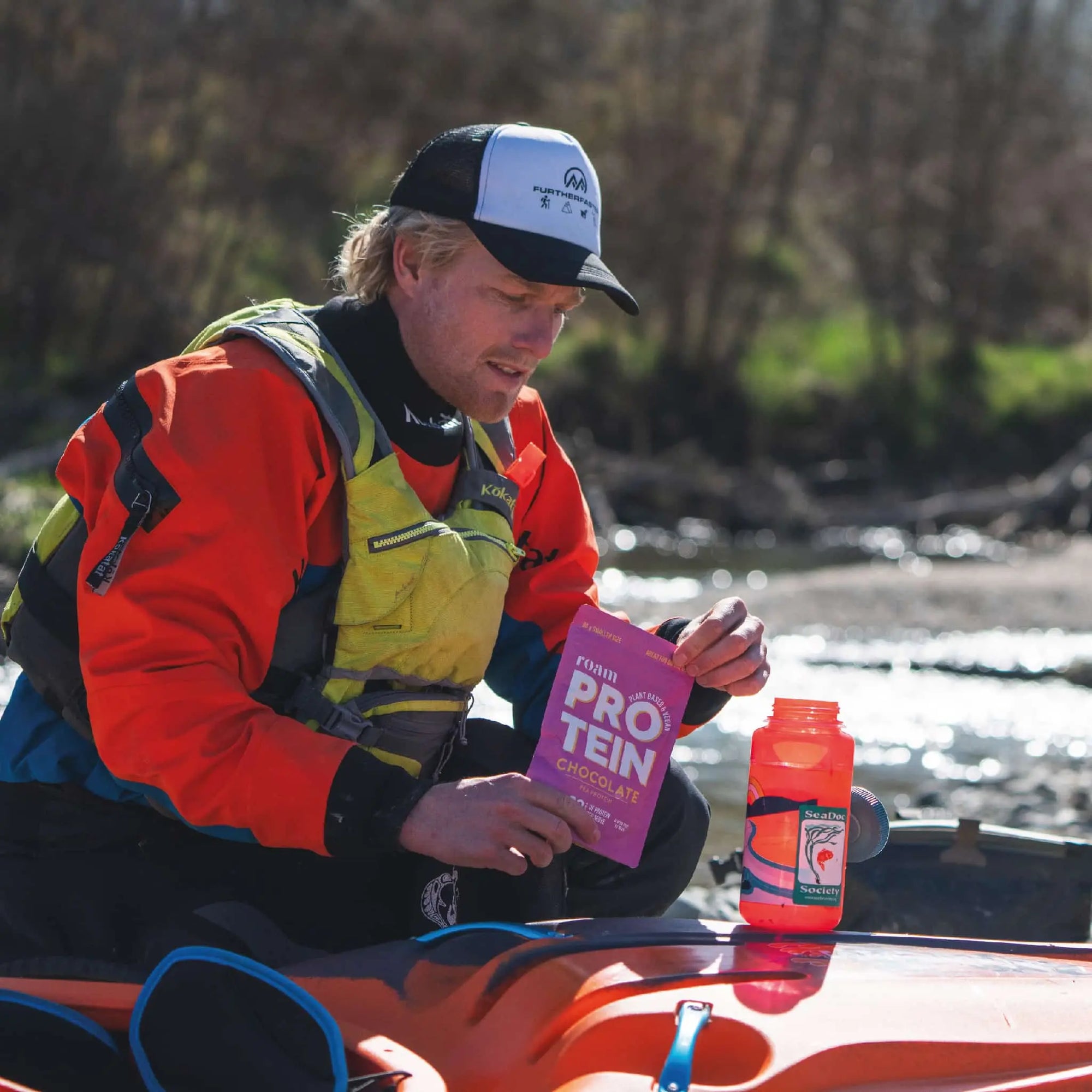

 Trio Protein +Shaker – 90g Protein
Trio Protein +Shaker – 90g ProteinTrio Protein +Shaker – 90g Protein
Regular priceUnit price per$72.98 NZDSale price $55.00 NZD
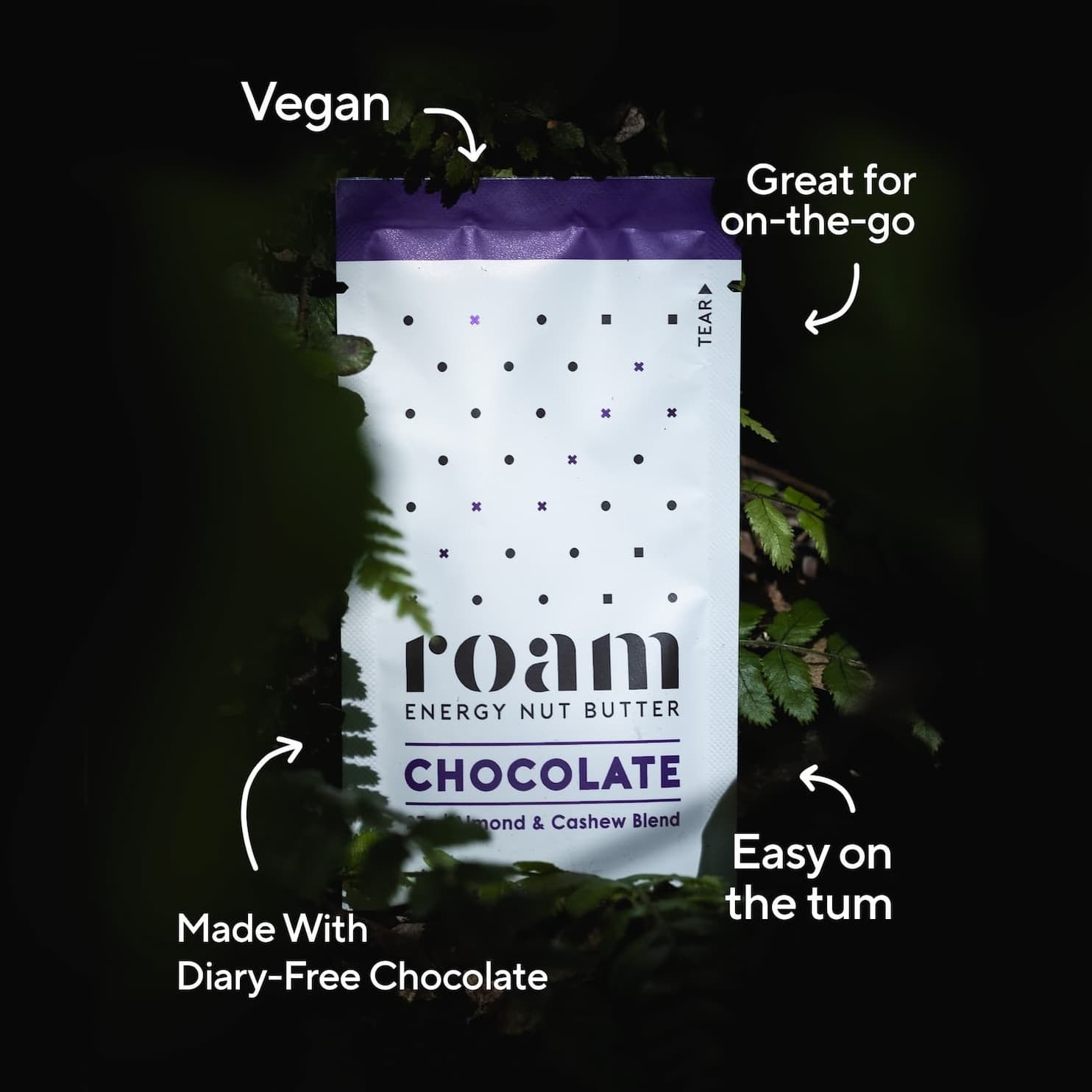 Energy Nut Butter - Mixed Pack
Energy Nut Butter - Mixed PackEnergy Nut Butter - Mixed Pack
Regular price $27.00 NZD+Unit price per







